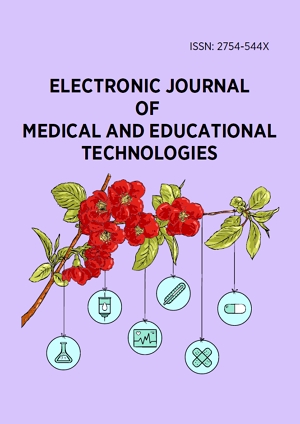Abstract
Congenital heart defects (CHD) are a complex yet essential topic for medical students. This quality improvement project aimed to enhance CHD education through a lecture on anatomic defects supplemented with focused quizzes, and a training heart model featuring three embedded CHD. Initially, designed for 40 students, high demand led to the expansion of the lecture to 140 participants over two years (70 students in each year), with half attending sessions incorporating models and half attending without models. A significant increase in score from pre- to post-quiz (p < 0.00) was observed for both groups, though the difference between the model and non-model groups was not statistically significant (p = 0.12). Student feedback indicated that the lecture, quizzes, and models; 95.5% of students strongly agreed or agreed that the model was useful in conjunction with the lecture. These findings suggest that structured, interactive approaches can effectively reinforce CHD concepts in early medical education.
License
This is an open access article distributed under the Creative Commons Attribution License which permits unrestricted use, distribution, and reproduction in any medium, provided the original work is properly cited.
Article Type: Original Article
ELECTR J MED ED TE, Volume 18, Issue 1, 2025, Article No: em2504
https://doi.org/10.29333/ejmets/17187
Publication date: 01 Oct 2025
Article Views: 570
Article Downloads: 220
Open Access References How to cite this article
 Full Text (PDF)
Full Text (PDF)